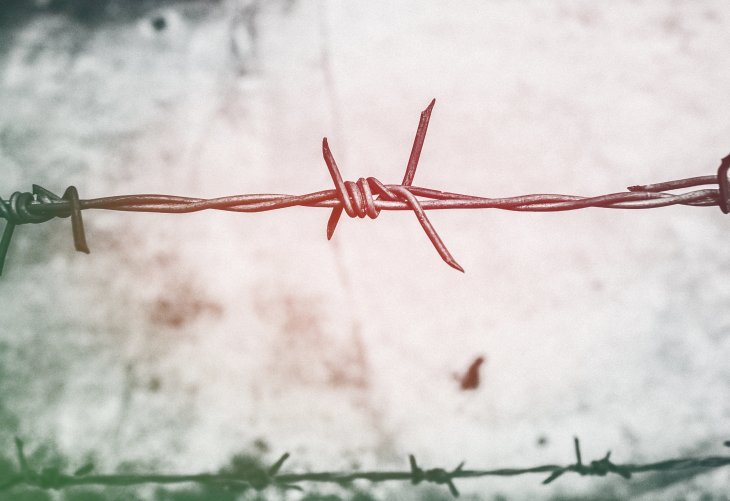Checkpoints were a surprisingly deadly place for civilians in both Afghanistan and Iraq. While our attention was often drawn to the more spectacular or scandalous acts of violence, the steady accumulation of dead and injured bodies at coalition checkpoints passed by largely unnoticed. At one point, the situation in Iraq was so bad that an average of one civilian was being killed or wounded at coalition checkpoints per day.

Photo by it’s me neosiam from Pexels
Things were not much better in Afghanistan, where the International Security Assistance Force’s own data revealed that escalation of force engagements were the ‘single greatest cause of civilian casualties’. As General Stanley McChrystal put it, ‘we have shot an amazing number of people and… none has proven to have been a real threat to the force’. Although the vast majority of victims were innocent civilians, these engagements were often presented as legitimate acts of self-defence. The rules of engagement allow soldiers to use deadly force against anyone – combatant or non-combatant – who poses an imminent threat to the force and the officers sent to investigate these deaths often concluded that the victims were engaged in a hostile act or demonstrating some form of hostile intent.
As part of this research which my recent article in Security Dialogue benefits from, I reviewed 154 declassified incident reports. Investigators found that soldiers had acted in accordance with the rules of engagement in 119 of these incidents and there were another 16 reports where the findings were redacted or missing. In fact, there were only five incidents where the investigating officer concluded that they had violated these rules. But the circumstances surrounding these deaths seemed a little strange. There is one case where a man was shot because he was ‘wandering aimlessly’ in the road … holding a small round object in his right hand’. Soldiers had assumed that the man was carrying a grenade, it turned out to be nothing more than an uncooked potato. There is another incident where soldiers actively pursued and shot a man who performed a ‘suspicious U-turn’ as he approached the checkpoint and another case where soldiers shot and killed a three-year-old boy because the taxi he was travelling in was travelling as an ‘unusually high rate of speed’. There is even one incident where a man driving a rubbish truck was killed after falling asleep in his cab at the side of the road.
‘affective judgements are not the spontaneous act of a single mind but coloured by a set of gendered and racialized assumptions’
Despite the sheer number of cases, little has been written about these checkpoint killings. As Andrew Bacevich argued at the time, these mistakes were in danger of being ‘filed away and largely forgotten’. Those who have written about checkpoint killings have tended to focus on ambiguities in the rules of engagement, which critics argue are ‘too vague and allows for excessive subjectivity’. While I have some sympathy with these concerns, focusing on the rules of engagement only takes us so far because it assumes that the decision to use lethal force is a fully conscious or rational decision when the testimony of soldiers suggests that feelings, instincts and intuitions are just as important. Drawing on the work of Sara Ahmed, William Connolly and George Yancy, I argue that these decisions could be characterised as affective judgements, which rely on a crude set of infraperceptual practices to identify potential threats and react accordingly. More importantly, I argue that these affective judgements are not the spontaneous act of a single mind but coloured by a set of gendered and racialized assumptions that mark certain bodies as dangerous before they even arrive on the scene. As Ahmed explains,
Although she was not writing about the violence inflicted on the battlefield, these insights are particularly useful for thinking about the split-second calls that soldiers were expected to make at coalition checkpoints and why it was that ‘military-age males’ were often presumed to be hostile even though they had done nothing wrong.